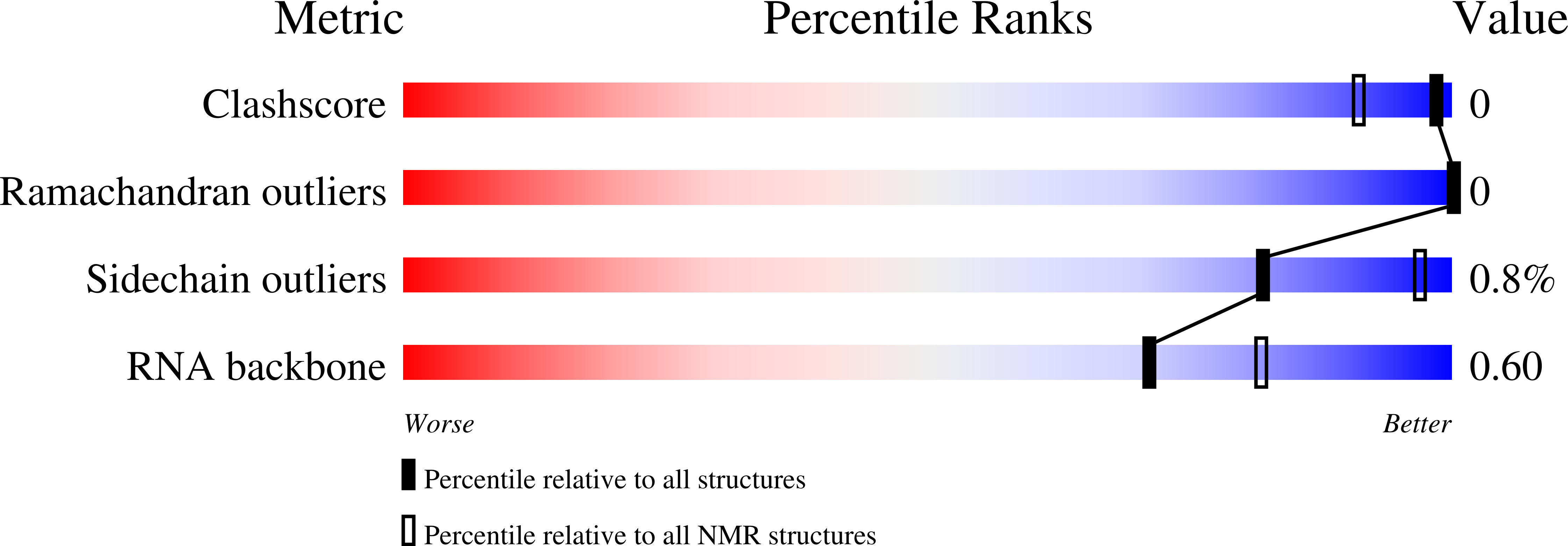
Deposition Date
2003-02-12
Release Date
2003-06-24
Last Version Date
2024-05-22
Entry Detail
PDB ID:
1NYB
Keywords:
Title:
SOLUTION STRUCTURE OF THE BACTERIOPHAGE PHI21 N PEPTIDE-BOXB RNA COMPLEX
Biological Source:
Source Organism:
Enterobacteria phage phi21 (Taxon ID: 10737)
Host Organism:
Method Details:
Experimental Method:
Conformers Calculated:
100
Conformers Submitted:
15
Selection Criteria:
structures with the lowest energy


